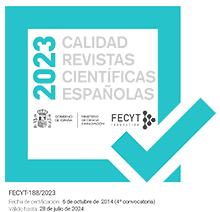El canvi de comportament lingüístic: de les comunicacions individualitzades a les institucionalitzades
Resum
This article is based on the sociolinguistic data gathered from a questionnaire to assess the degree of oral training in Catalan necessary amongst personnel attending the public in medical centres dependent on the Institut Català de la Salut (Catalan Health Institute) throughout several areas of Catalonia. These data are divided into four groups: personal information, time spent living in Catalonia and working in the Administration; mother tongues of members of the family; language used to attend the public; and passive and active knowledge of Catalan. The author aims to ascertain whether there is any change between the language spoken at home and in contact with the public, and, if this is the case, to determine which factors influence the change. After narrowing the subject down to the questionnaires of those whose mother tongue is not Catalan, nor have any bilingual situation in the family, the results arrived at by combining different data are expounded. The presence or absence of language change is analyzed according to sex, age, origin, time spent living in Catalonia and in which place, years employed in public Administration, and education. Both in each one of these groups and in the fïnal results, the percentage change in language behaviour is studied in detail. Since there is a high percentage of workers who use Catalan in institutionalized communication, the author ends on an optimistic note regarding the growth of the use of Catalan in official Catalan institutions



